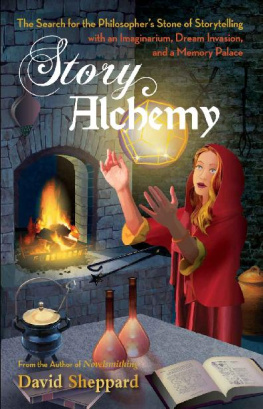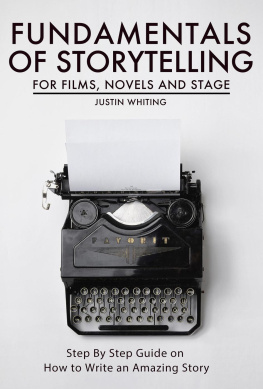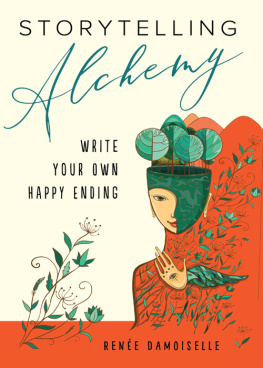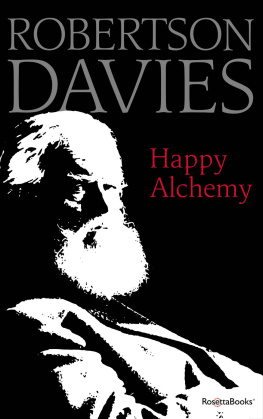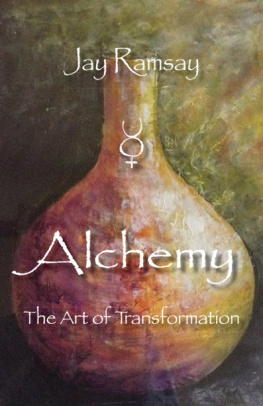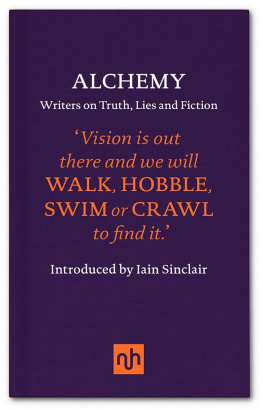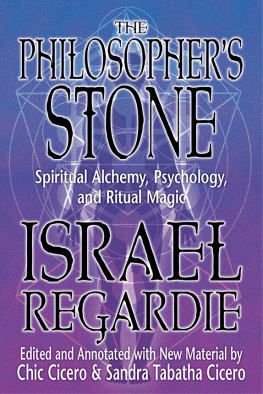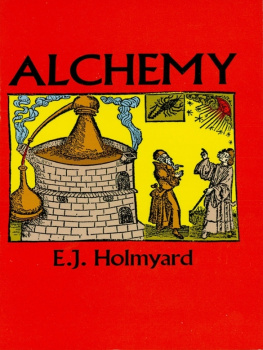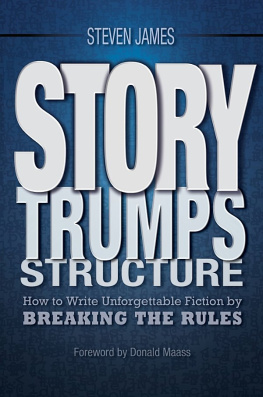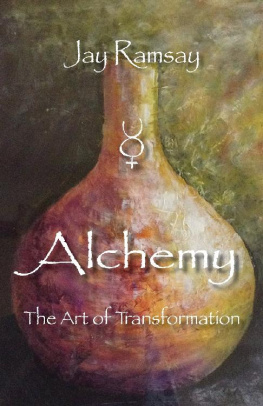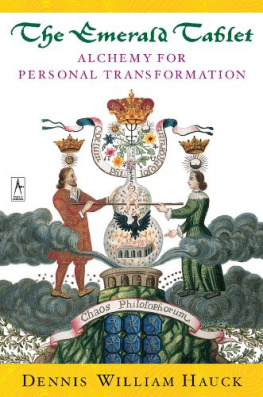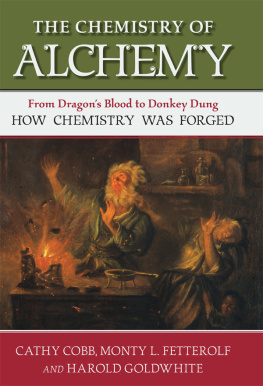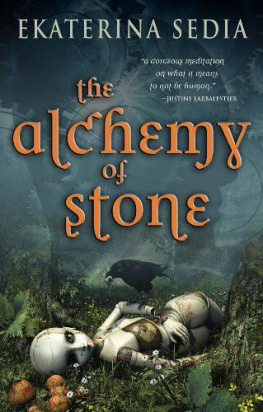Also by David Sheppard
Novelsmithing: The Structural Foundation of Plot, Character and Narration
Oedipus on a Pale Horse: Journey through Greece in Search of a Personal Mythology
Introduction to Frankenstein: Origins and Aftermath
The Eternal Return: Oedipus, The Tempest, Forbidden Planet
The Mysteries: A Novel of Ancient Eleusis
The Escape of Bobby Ray Hammer: A Novel of a '50s Family
Also see:
Carpathian Vampire , by Lumi Laura
Story Alchemy
The Search for
the Philosopher's Stone of Storytelling
by
David Sheppard

Tragedy's Workshop
Healdsburg, CA
Copyright 2014 David Sheppard
Published by Tragedy's Workshop
ISBN-13: 978-0-991 0028-2-5
ISBN-10: 0-9910028-2-2
Cover illustrations and design
by Richard Sheppard
www.artstudios.com
Publisher Web site:
www.TragedysWorkshop.com
Author Web site:
www.DShep.com
Book Web site:
www.Story-Alchemy.com
Acknowledgements
Many thanks to my son Richard, who read the first draft and provided valuable suggestions. He also put up with me yakking incessantly about story, alchemy, and Jungian psychology while I was writing this.
Author 's Note
I intend Story Alchemy, The Search for the Philosopher's Stone of Storytelling to be a companion volume to Novelsmithing, The Structural Foundation of Plot Character and Narration . Whereas Novelsmithing addresses more directly the craft of novel writing, Story Alchemy focuses on the inner processes of storytelling and may more readily be applied to all forms of narrative fiction and screenwriting. Story Alchemy bears a relationship to alchemy but is also entrenched in depth psychology. I ran onto many of the principles developed in these pages while studying and practicing modified therapeutic techniques suggested by Carl Gustav Jung. Specifically, I developed this material using Jung's Active Imagination but redirected its emphasis to better suit the needs of an author.
I have seen fit to capitalize the first letters of some words normally left lowercase. These words have a more specialized meaning in Jungian psychology as opposed to casual usage. These are words such as Consciousness, the Unconscious, the Shadow, Transcendent Function, etc.
In the last few decades, game theory has also taken on the methods of narrative storytelling, and yet it has maintained its inclination to keep the player at center stage and actively engaged in the unfolding action. For that reason, game theory has become an extremely interesting subject and hotly contested. I do have something to say about game theory, but this book didn't seem the place to express it. Instead, I've created a new blog at gamesmithing.com. I'll post my thoughts on the subject there as time and inclination permit.
The reader should realize that what I put forth here is the culmination of sixty years of reading, writing and research. This is in many ways the apex of my life 's work. Although it starts out with elementary concepts, it rapidly becomes more complex, and the material more difficult to conceptualize. I've provided a number of illustrations to help get the ideas across. My hope is that the reader will visit these pages time and again to come to terms with the subject matter. In many ways, it is a psychic pilgrimage into the vast little-known world of the soul.
I would also like to reinforce the fact that all the personal experiences and dreams I convey in Story Alchemy actually occurred as described. I've fabricated nothing, nor have I changed the circumstance to fit the situation for a more compelling narrative.
One thing for sure. You 've seen nothing like this.
Table of Contents
Story Alchemy
The Search for
the Philosopher's Stone of Storytelling
Because many have written of the Philosopher's Stone without any knowledge of the art, and the few books extant, written by our learned predecessors and true masters hereupon, are either lost or concealed in the collections of such (however despised) as are lovers and seekers of natural secrets, we have taken a resolution to communicate our knowledge in this matter, to the intent that those who are convinced the Philosophical Work is no fiction, but grounded in the possibility of Nature, may be faithfully directed in their studies, and have an undoubted criterion to distinguish between such authors as are genuine sons of science and those who are spurious, as writing by hearsay only. Eirenaeus Philalethes (George Starkey 1627-1665), "The Stone of the Philosophers."
On January 23, 2013, I woke in the middle of the night and lay in bed listening to coyotes howl outside and thinking about a new book on storytelling I was writing for which I had no title. Id been drawn into a crazy approach involving alchemy, Jungian psychology, and mathematics by a series of coincidences, which had paid off in surprising revelations. Yet, something was missing, not in my methodology but in its characterization. The coyotes kept yelping in the forest beyond the meadow in back of our home where darkness pervaded a moonless night. I sunk back into myself, almost fell asleep, and then with a flash of insight, I realized what I had done. Id found the Philosophers Stone of storytelling. This is the story of what led me to that discovery.
*
Such was the contention of alchemists that an element exists, called the nigredo [Latin for "black"] or prima materia [prime material], that was matter's original primitive and base state. Use of this primal substance was the first step in the long quest to obtain the Philosopher's Stone, which transmuted lead into gold and under the name Elixir of Life provided immortality. Once having obtained the prima materia, the alchemist followed detailed but coded procedures to produce, after decades of slaving over a hot, smelly furnace, the sacred Stone. Invariably, the quest ended in failure because the process had a catch. To find the correct path to the Philosopher's Stone and wield it once found, the alchemist had to be worthy. Every alchemist knew that within the dark recesses of his own inner being, a human nigredo also existed, and this Shadow of the Soul had to be transmuted as well. To become worthy, she/he had to attain personal perfection along the way.
The culmination of two thousand years of alchemy came at the hands of Sir Isaac Newton. We don 't think of Newton as an alchemist, a much maligned and discredited pseudoscientific profession, but he was, having spent decades in pursuit of this "forbidden" knowledge. He was also a true scientist, and his Laws of Motion and Gravity came to govern the mechanical theories of the Universe for two hundred and fifty years until Albert Einstein's Theory of Relativity replaced them with what might be termed the Philosopher's Stone of cosmology. Even today, we have put men on the Moon and robots on Mars using Newton's Laws as an accurate and easily manageable physics that predicts motion on Earth and throughout the Solar System. Newton's Laws, obtained by decades of studying alchemy and performing rudimentary scientific research, were his Philosopher's Stone. They didn't change lead into gold, but they did turn a world of scientific chaos into a manageable, predictable arena of scientific inquiry and led directly to the Scientific Revolution.
The decades spent in pursuit of alchemical goals provided him with an acceptance of theories that involved action at a di stance (gravity) and the concept of force, an invisible quantity that acted between interacting bodies to produced motion. Newton transmuted alchemy's philosophical principles into intellectual gold.
If this is true of science, one might well wonder why no one has found a Philosopher 's Stone for storytelling. The reading, theatrical and movie-going public have an insatiable appetite for story, and yet so many, indeed most, writers stumble and fall in their attempts at telling a good one. Even the master storytellers of Hollywood puzzle over the basics, sometimes hitting the mark and at others missing so badly that they spend tens and even hundreds of millions of dollars on special effects, trying to cover up their storytelling deficiencies. They end up not with gold but fool's gold.
Next page
